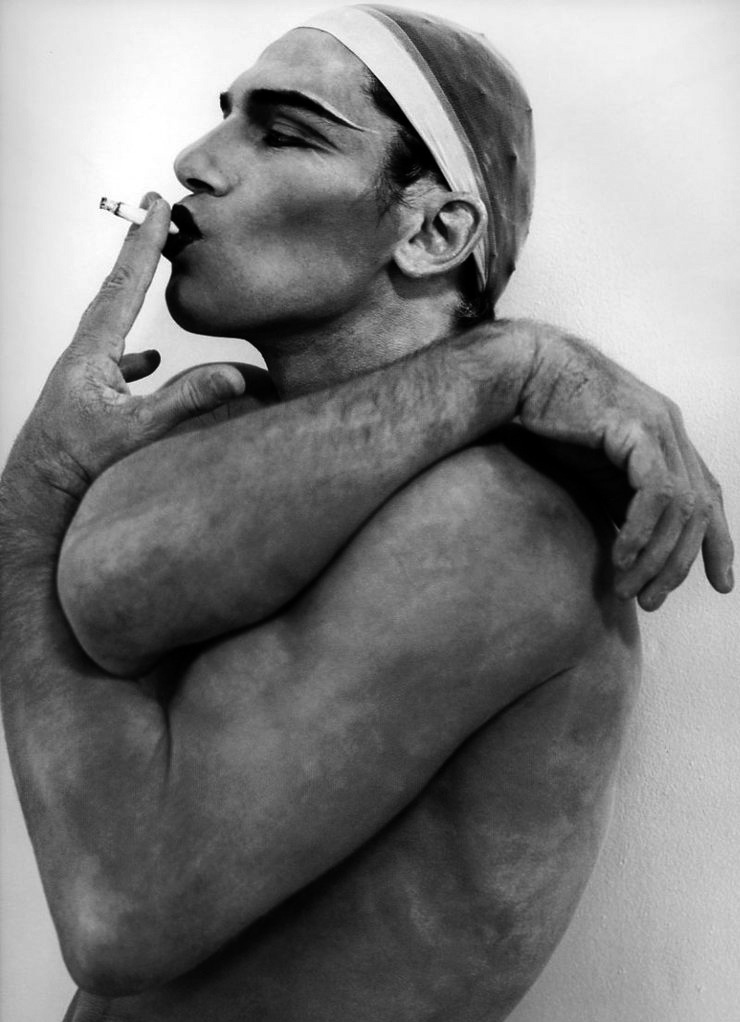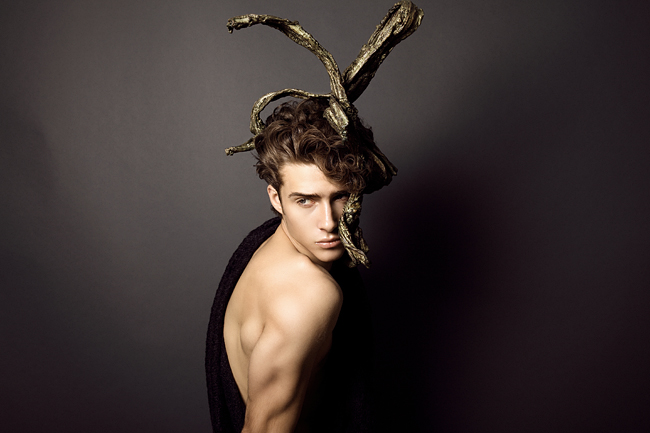
“By my side, Hermann seemed to me like a shadow” – that’s the name of the latest fragrance from rebellious niche brand, Etat Libre d’Orange. A long, pretentious name in French is no real surprise from a brand that shot to fame by marketing a fragrance using the icon of a spewing dick, but much like all things Etat Libre d’Orange, this particular scent, with its particularly long name is absolutely fascinating, albeit without any erotic influences. Not that sexual innuendo, naughty hijinks and a healthy sense of humour are bad things, mind you!
Etat Libre d’Orange have moved into a new phase. Gone are the hilarious, shocking and hyper-sexualised names, and cartoons, all in favour of concepts inspired by Nijinsky’s ballets and poems by Victor Hugo. They seem to be treading a more serious path and elevating their olfactory art to a higher level. I think it’s a good move, one that will prevent them from being pigeonholed as the antisocial abuser of good taste. That rebellious and crass streak still exists – the spirit is very much alive in the brand’s back catalogue, but for now, Etat Libre d’Orange want to stand out for being innovative, not for being innovative and rude. I say power to them.
Hermann à Mes Côtés Me Paraissait Une Ombre, or ‘Hermann‘ for short, is inspired by Victor Hugo’s poem ‘What Two Horseman Were Thinking in the Forest’ and was created by Givaudan perfumer Quentin Bisch (La Fin du Monde & Ambre Imperial). The perfume plays with the idea of shadows, with shade serving as our companion or even our fragrance. They call it your alternate self – that side of you that is always there, whether it can be seen or not. Perfume too, can be a second self – a character we wear to send a message about who we are and who we want to be. But what happens when that second skin talks back? Etat Libre d’Orange seems to want to find out.









